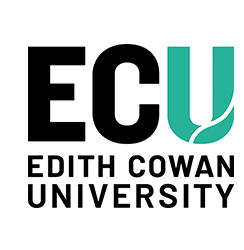Abstract
Objective: People exhibiting post-stroke lateropulsion actively push their body across the midline to the more affected side and/or resist weight shift toward the less affected side. Despite its prevalence and associated negative rehabilitation outcomes, no clinical practice guidelines exist for the rehabilitation of post-stroke lateropulsion. We aimed to develop consensus-based clinical practice recommendations for managing post-stroke lateropulsion using an international expert panel. Design: This Delphi panel process conformed with Guidance on Conducting and Reporting Delphi Studies recommendations. Participants: Panel members had demonstrated clinical and/or scientific background in the rehabilitation of people with post-stroke lateropulsion. Main Measures: The process consisted of four electronic survey rounds. Round One consisted of 13 open questions. Subsequent rounds ascertained levels of agreement with statements derived from Round One. Consensus was defined a priori as ≥ 75% agreement (agree or strongly agree), or ≥ 70% agreement after excluding ‘unsure’ responses. Results: Twenty participants completed all four rounds. Consensus was achieved regarding a total of 119 recommendations for rehabilitation approaches and considerations for rehabilitation delivery, positioning, managing fear of falling and fatigue, optimal therapy dose, and discharge planning. Statements for which ‘some agreement’ (50%–74% agreement) was achieved and those for which recommendations remain to be clarified were recorded. Conclusions: These recommendations build on existing evidence to guide the selection of interventions for post-stroke lateropulsion. Future research is required to elaborate specific rehabilitation strategies, consider the impact of additional cognitive and perceptual impairments, describe positioning options, and detail optimal therapy dose for people with lateropulsion.
Document Type
Journal Article
Date of Publication
1-1-2023
Publication Title
Clinical Rehabilitation
Publisher
SAGE
School
School of Medical and Health Sciences
RAS ID
60127
Funders
Raine Medical Research Foundation / Western Australian Department of Health Clinician Research Fellowship / Charlies Foundation for Research / Australian Government Research Training Programme Scholarship
Creative Commons License

This work is licensed under a Creative Commons Attribution-Noncommercial 4.0 License


Comments
Nolan, J., Jacques, A., Godecke, E., Abe, H., Babyar, S., Bergmann, J., . . . Singer, B. (2023). Clinical practice recommendations for management of lateropulsion after stroke determined by a Delphi expert panel. Clinical Rehabilitation, 37(11), 1559-1574. https://doi.org/10.1177/02692155231172012